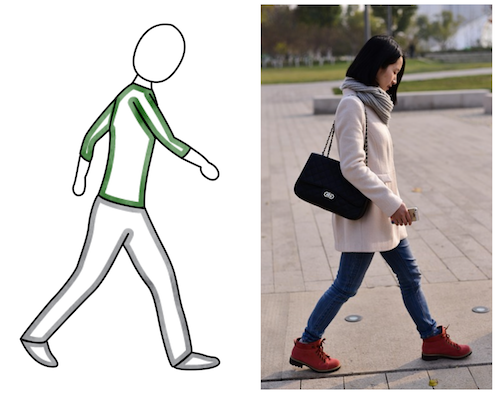You’ve probably noticed there is more racial diversity in TV commercials and other media than ever before. That’s because brands and organizations understand that representing a diverse population is important and productive.
From time-to-time, we receive questions from customers regarding the diversity of characters in Common Craft videos and Cut-outs. Recently a potential customer said his colleagues might be concerned that characters in our videos might appear to be white people and therefore not representative of a diverse population.
Sachi and I understand the root of this perception. Our visual style evolved from cut-out pieces of white copy paper and today every Common Craft visual has a white background. This is an indelible part of what we call Common Craft Style and something we consider a feature. Here’s why...
From the earliest days of Common Craft, we considered diversity and designed our style of representing people to be simple, flexible and inclusive.
Not unlike restroom signs and crosswalk signals, we're using characters as symbols of people who don’t have identifiable characteristics. The figures in our videos and Cut-outs don't have hair, facial features or hands. Without these features, the visuals can represent nearly any age, race, culture, background or identity. We do, however, represent male and female characters in the videos.

By using symbols of people, we can help eliminate distraction, focus the viewer’s attention on the ideas we’re explaining and offer every viewer an opportunity to see themselves in the video. This is intentional and part of what makes our videos unique and useful.
Consider the difference between the two images below. A live action photo is full of detail that, often subconsciously, attracts attention. Who is she? Where is she? What is she wearing? Do I know her? Do I find her attractive? What is her ethnicity? These questions are distractions. They take attention away from the idea that is being explained. Symbols of people, on the other hand, help remove that distraction and keep the focus on the subject at hand.

For over a decade, Common Craft videos and visuals have been used in Fortune 500 companies, state and federal governments and schools and universities in over 50 countries, in part, because our style is reliably inclusive. While our approach has evolved over the years, it has always been focused on representing and appealing to as many people as possible.